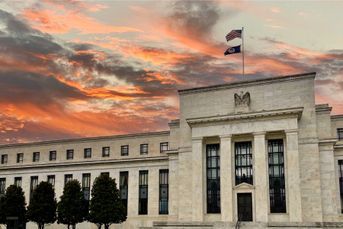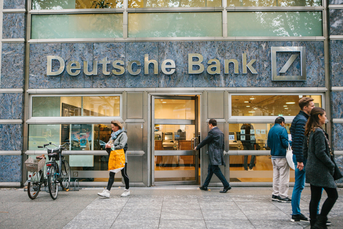What’s behind Bitcoin’s tumble?

The cryptocurrency fell by as much as 15% Sunday, after hitting a record high of more than $64,000 last week, and rival coins like Ether and XRP also plunged.
The Bitcoin roller coaster is back. The cryptocurrency fell by as much as 15% Sunday, with rival coins like Ether and XRP also plunging.
The retreat came after Bitcoin hit a record high of more than $64,000 Wednesday as the stock market debut of the U.S.’s largest exchange for the tokens, Coinbase Global Inc., stoked enthusiasm for all things crypto.
While prices steadied on Monday, with Bitcoin holding just below $57,000, that’s still down about 12% from last week’s intraday peak.
WHAT SPARKED THE TUMBLE?
As is often the case — especially with assets as opaque as cryptocurrencies, where it’s often unclear who is selling or buying — there isn’t one answer. Analysts point to a grab bag of reasons.
Fears of regulation. As digital assets make further inroads with both retail and institutional investors, regulators across the world are taking a closer interest.
On Friday, the Turkish central bank said it would ban their use as a form of payment from April 30 and would prohibit companies that handle payments and electronic fund transfers from processing transactions involving crypto platforms.
There was also online speculation over the weekend that the U.S. Treasury is poised to crack down on money laundering carried out through digital assets. The Treasury declined to comment.
Other sources of regulatory pressure include central banks’ plans to create digital currencies such as China’s for the yuan, and the ban of cryptocurrency mining in Inner Mongolia, long an industry favorite because of its cheap power.
“We will see more regulation coming,” Eva Ados, chief investment strategist at asset manager ERShares, said on Bloomberg TV, warning investors to be “very careful.” “We think there is going to be even more volatility going forward.”
Overexcitement. Any big rally offers potential for the market to get ahead of itself. That’s the view of Galaxy Digital founder and long-time crypto bull Michael Novogratz, who wrote on Twitter he sees the retreat as a healthy correction.
Idiosyncratic factors. Other things could be adding to the mix. Industry news site CoinDesk reported Saturday that power outages in parts of China had knocked out a significant amount of Bitcoin mining capacity, which reduced the overall processing power of the cryptocurrency’s network.
There’s also the timing.
“Bitcoin goes crazy on weekends because it’s one of the few markets open to trade in,” Kyle Rodda, a Melbourne-based market analyst at IG said. “And it’s lost some buying support.”
HOW SIGNIFICANT ARE THE DROPS?
Given the frequent warnings from mainstream financial figures of a speculative mania in cryptocurrencies, any substantial tumble reawakens memories of the 2017 crash. Back then, Bitcoin fell from more than $19,000 to under $4,000 by the end of 2018.
While the current retreat is notable, it’s not on that scale. Bitcoin is still 93% higher than it was in January. Volatility is routine for the asset class: the 15% intraday drop on Sunday was only the biggest since February.
Ether, which fell as much as 18% before closing 9.4% lower on Sunday, is up more than 200% this year.
WHAT’S THE PRICE OUTLOOK?
The trouble with any sort of price predictions for cryptocurrencies is that there aren’t a lot of fundamental metrics to form the basis of forecasts. Much comes down to best guesses on whether institutional investors will buy in and whether Bitcoin whales will sell. Less than 2% of accounts control 95% of the available supply, according to researcher Flipside Crypto. That means one large holder can have an outsized impact on the still illiquid market.
One key difference from the prolonged crash in 2017 is that a wide range of institutional investors now have some stake in the market. Brevan Howard Asset Management last week became the latest money manager said to be investing in digital assets.
In a further sign of growing interest among the wealthy, both Morgan Stanley and Goldman Sachs Group Inc. are now planning to offer clients access to crypto investments. In January, JPMorgan Chase & Co. analysts suggested Bitcoin has the potential to reach $146,000 in the long term, a target they recently pared back to around $130,000.
“Passions run deep on social as to the likely near-term path for crypto,” Pepperstone’s Chris Weston wrote in a note to clients. “But dips are clearly supported.”
[More: Are advisers investing client assets in Bitcoin?]
Waiting for the Bitcoin ETFs
Learn more about reprints and licensing for this article.








